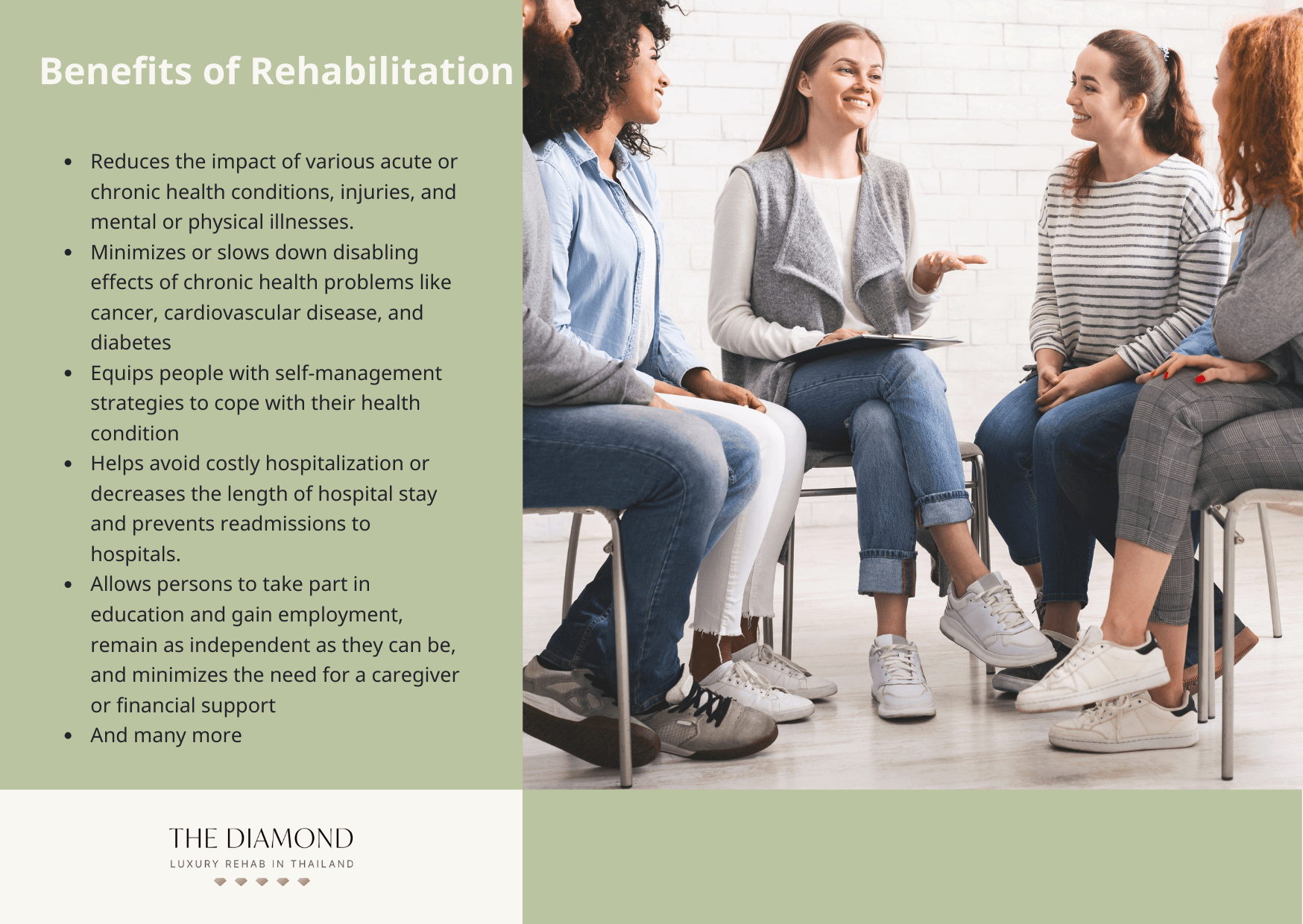The 45-Second Trick For Narconon Africa
The 45-Second Trick For Narconon Africa
Blog Article
See This Report on Narconon Africa
Table of ContentsWhat Does Narconon Africa Mean?How Narconon Africa can Save You Time, Stress, and Money.The Best Strategy To Use For Narconon AfricaOur Narconon Africa StatementsAbout Narconon Africa3 Simple Techniques For Narconon AfricaNarconon Africa Fundamentals Explained
In a series of papers with Manudeep Bhuller and Katrine V. Lken, we get over these information challenges and the nonrandomness of imprisonment, providing brand-new insights right into how incarceration affects regression, work, kids, and criminal networks - Substance abuse recovery. Figure 1 Our job studies the impacts of imprisonment in Norway, a setting with two vital advantagesWe can even more link this information to other family participants, consisting of youngsters and brother or sisters. We have details on co-offending that permits us to map out criminal networks for observed criminal offenses. Second, we can take advantage of the random assignment of criminal cases to courts that differ in their propensities to send defendants to prison.
Some courts send out offenders to prison at a high rate, while others are much more lax. We measure a court's stringency as the ordinary imprisonment rate for all various other instances a judge deals with, after managing for court and year set impacts, which is the degree of arbitrary project. This quasi-random assignment of court stringency can be used as a tool for incarceration, as it strongly forecasts the court's decision in the existing situation, but is uncorrelated with various other situation attributes both by design and empirically.
More About Narconon Africa
Attributes of detainees, including demographics and crime classifications, are generally similar in Norway and various other nations, including the United States, with the exemptions that the United States homicide rate is much greater, and race plays a bigger duty there as well. What stands apart as various, especially compared to the USA, is the jail system.
Number 2In Norway, the average time spent behind bars is a little over six months, which resembles most various other Western European nations. This contrasts with ordinary United States jail time of almost 3 years, which remains in big component the reason the USA is an outlier in its imprisonment price contrasted with the remainder of the globe [Number 1]
The Ultimate Guide To Narconon Africa
This provides far more splitting up between minor and hard criminals than exists in the United States. There is no congestion in Norwegian prisons and better individual security, with each prisoner being designated to their very own cell and a higher inmate-to-staff proportion than in the United States (http://go.bubbl.us/e2b209/7cb4?/New-Mind-Map). Jails in Norway likewise provide well-funded education and learning, medicine therapy, psychological health, and task training programs
Our research on the results of imprisonment on the culprit, utilizing the random task of judges as a tool, returns three key findings. Jail time dissuades even more criminal habits. We discover that incarceration decreases the possibility that a person will reoffend within 5 years by 27 percentage factors and minimizes Life skills training the corresponding variety of criminal costs per individual by 10 costs.
The Ultimate Guide To Narconon Africa
We find large reductions in reoffending possibilities and advancing billed criminal activities also after offenders are released from prison. Our 2nd outcome is that predisposition because of option on unobservable specific attributes, if ignored, leads to the erroneous conclusion that time spent in prison is criminogenic. If we simply compare criminal offenders imprisoned versus those not imprisoned, we locate positive associations between imprisonment and subsequent criminal activity.
This stands in comparison to our evaluation based upon the random assignment of courts, which discovers an opposite-signed result. Third, the decrease in criminal offense is driven by individuals that were not working before imprisonment. Amongst these people, jail time increases involvement in programs directed at boosting employability and decreasing recidivism, and this eventually raises work and profits while discouraging criminal actions.

Imprisonment creates a 34 percent factor boost in involvement in work training programs for the formerly nonemployed, and within 5 years their employment rate boosts by 40 percentage points. At the same time, the likelihood of reoffending within five years is cut by 46 percent points, and there is a decrease of 22 in the average variety of criminal charges.
More About Narconon Africa

A probable description for the difference is that Norway's prison system differs noticeably, both in regards to prison-term size and prison problems, from the US jail system. While comprehending the results of incarceration on the transgressor is a crucial initial step, recording spillover impacts is also important for reviewing criminal justice plan and creating effective jail systems.
The Greatest Guide To Narconon Africa

Ordinary least squares estimates disclose that kids of incarcerated papas are 1 percentage factor most likely to be charged with a criminal activity, about a mean of 13 percent, and show no effect on school qualities. Using our judge stringency instrument, we discover no statistical evidence that a daddy's incarceration impacts a child's very own criminal offense or college grades, yet we are unable to eliminate modest-sized results.
The Only Guide to Narconon Africa
We specify criminal groups based on network web links to previous criminal situations. When a criminal network member is put behind bars, their peers' probability of being billed with a future criminal offense reduces by 51 portion points over the following four years - https://pubhtml5.com/homepage/wcujv/.
Report this page